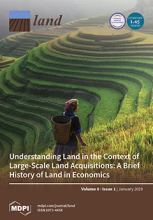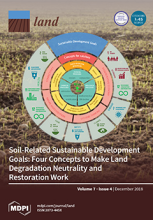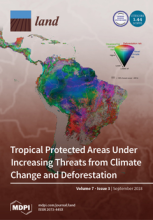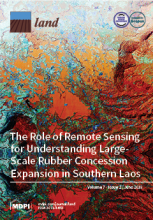Land Library
Welcome to the Land Portal Library. Explore our vast collection of open-access resources (over 74,000) including reports, journal articles, research papers, peer-reviewed publications, legal documents, videos and much more.
/ library resources
Showing items 73 through 81 of 103.In economics, land has been traditionally assumed to be a fixed production factor, both in terms of quantity supplied and mobility, as opposed to capital and labor, which are usually considered to be mobile factors, at least to some extent.
Globally, farmland abandonment has been a major phenomenon for eco-environmental and social landscape changes in the mountain regions.
Mining can have a notable environmental and social footprint both during the production phase and after the mine closure.
Policy-makers and practitioners often struggle or fail to define and quantify the economic impacts that can be achieved through ecologically sustainable investments in dryland ecosystems.
Nature-based recreation is among the most relevant ecosystem services supplied by urban green infrastructure, affecting citizens’ physical and mental wellbeing.
Although it is well-established that urban green infrastructure is essential to improve the population’s wellbeing, in many developed countries, the availability of green spaces is limited or its distribution around the city is uneven.
The Ecosystem Services Framework (ESF) is a powerful tool for understanding the relationship between nature and society, and tourism is an important expression of this. However, the scientific literature focusing on the relationship between tourism and the ESF is limited.
From a Mongolian ‘super mine’ to China’s One Belt One Road, rapid infrastructural development is reforging Central Asia as an economic pivot of the future. Such development offers enticing economic benefits, but threatens fragile environments and local livelihoods.
Environmental conservation has developed significantly in China over the past 20 years, including more collaborative approaches and recent advances in establishing a national parks system.





